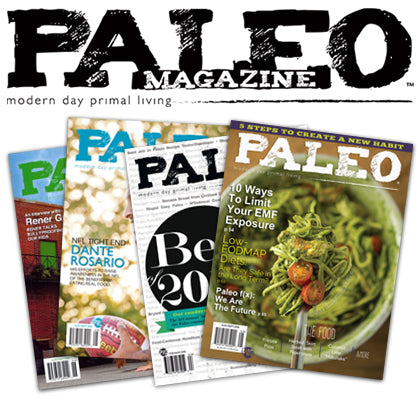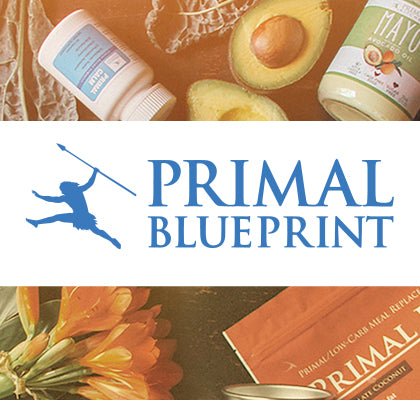- Continue Shopping
- Your Cart is Empty
Raisins
Here’s one snack from your childhood that remains. The raisin. Turns out, it’s not the devil. The beauty and safety lies in its simplicity: raisins are just dried grapes. Nothing more. Eaten as early as 2000 BC, evidence suggests Ancient Egyptians were seriously stoked on raisins as food, medicine, or even currency. And, apparently, “sun-drying” was as easy then as it is now. To this day, most raisins are made by placing just-picked grapes on paper trays and leaving them in the sun to dry and shrink and wrinkle. There is an oven-drying process, but it lacks that “sun-dried” charm. From a health standpoint, the raisin is no slouch. From keeping your eyes healthy to helping harden your bones, they sport a wide variety of interesting perks. Though they have fewer antioxidants than grapes because of the drying process, they contain some unique nutrients that have caused them to be the subject of quite a few studies (though if you ask the researchers, they’d say they should be the subject of a whole lot more). Specifically, their polyphenol, phenolic acid, and tannin content is of significant interest to scientists (and you, for that matter). Some studies suggest that raisins contain more polyphenols than grapes or wine, and their overall PPT count has positive antioxidant effects. Their PPT content is also thought to affect leptin signaling in a positive way. Leptin is that pesky “hunger hormone” that tells you when to eat, and a UConn study found that adding raisins to their subects’ diet decreased their feelings of hunger throughout the day, and helped them lose weight. This was in spite of the volume of raisins, which was an entire cup. That’s 500 calories of fruit, mind you, and these people still lost weight. Which brings us to our next point: Even though eating raisins may have some positive beneficial outcomes, remember that this is still basically nature’s jelly bean. The drying process, by removing the water, concentrates the sugar and shrinks the capsule, which makes them easy to eat in excess. For crying out loud, human guinea pigs were fed 500 calories every freaking day. To compare, it would take you 8 cups of grapes straight from the vine to get that much sugar and that many calories. Although, I would be pretty impressed if you managed to do that. Dried fruits make it easy to eat a lot of sugar very quickly, and thus are a little dangerous. If you’re trying to lose weight, a better idea might be to add a small handful of raisins to a small handful of almonds or pumpkin seeds or pecans. You just need someone with small hands. But the raisin doesn’t die, nor do we want it to. This Egyptian nickel is a good source of energy, doesn’t spoil easily, contains a ton of beneficial nutrients, and (next to the goji berry) is sometimes the best part of our Paleo trail mix. Just don’t eat a whole cup of them in one sitting. That’s what we call a “bad idea.” I’ve met some people who can’t stand raisins. Where do they fall on your snack food spectrum? Have you made them yourself (on purpose or accidentally)? What other (if any) dried fruits do you consume on a regular basis, or do you avoid them alltogether?
X








